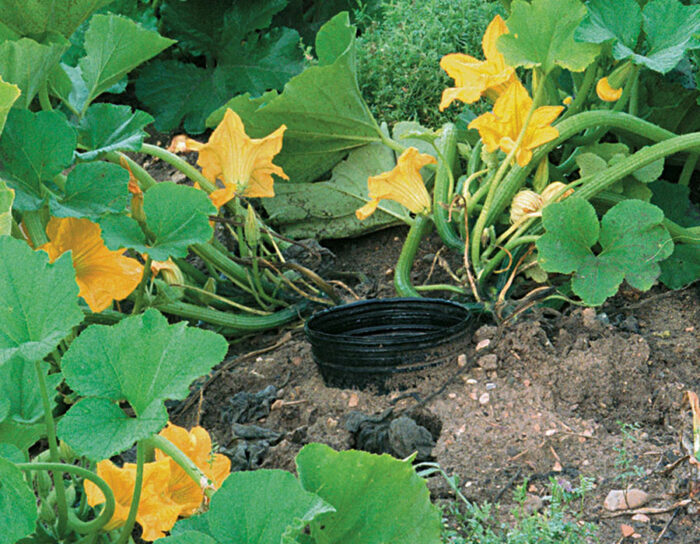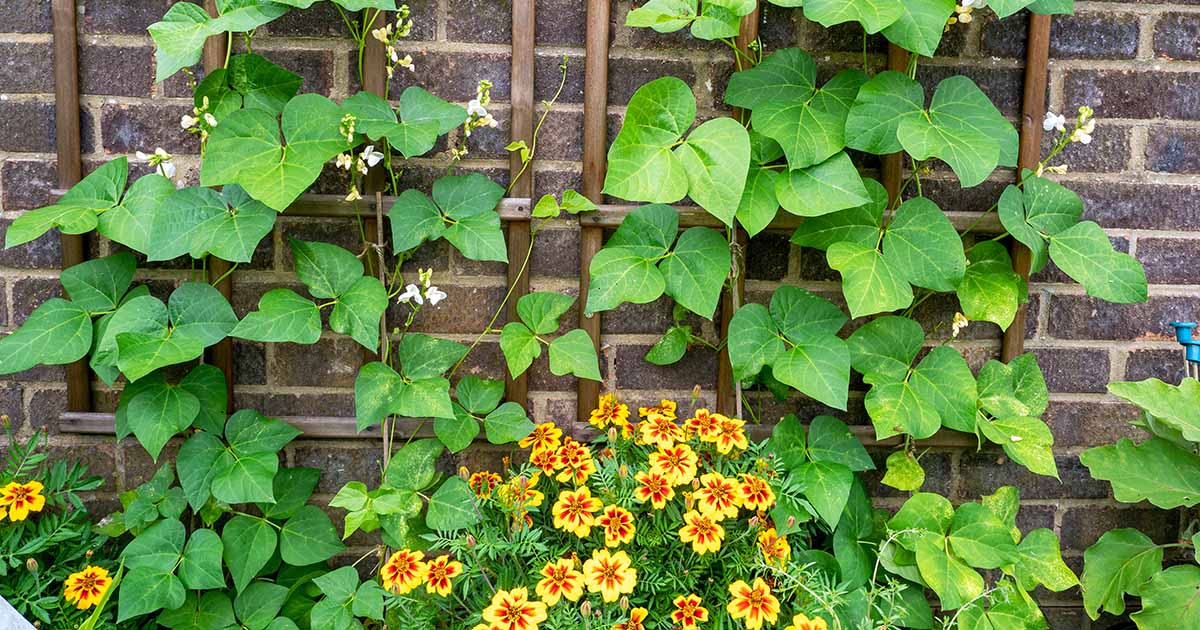The Ultimate Guide To Companion Planting With Green Beans
The Ultimate Guide to Companion Planting with Green Beans
Green beans are a delicious and versatile vegetable that can be enjoyed in a variety of dishes. They are also relatively easy to grow, making them a great choice for beginner gardeners.
One way to improve the growth and yield of your green beans is to practice companion planting. Companion planting is the intentional planting of different types of plants together in order to benefit each other. Some plants can help to deter pests, attract beneficial insects, or improve the soil quality.
There are many different plants that can be companion plants for green beans. Some of the best include:
- Basil: Basil is a classic companion plant for green beans. It helps to repel pests, such as aphids and mosquitoes, and it also enhances the flavor of the beans.
- Carrots: Carrots help to improve the soil structure and drainage, which can benefit the growth of green beans. They also help to suppress weeds.
- Cucumbers: Cucumbers and green beans can help to support each other. The cucumbers provide shade for the green beans, which can help to protect them from the sun. The green beans, on the other hand, help to attract beneficial insects, such as ladybugs, which can help to control cucumber pests.
- Nasturtiums: Nasturtiums are another great companion plant for green beans. They help to repel pests, such as aphids and whiteflies, and they also attract beneficial insects, such as ladybugs and hoverflies.

- Peas: Peas and green beans are both legumes, which means they fix nitrogen in the soil. This can benefit the growth of both plants. Peas can also help to suppress weeds.
- Potatoes: Potatoes and green beans can help to support each other. The potatoes provide shade for the green beans, which can help to protect them from the sun. The green beans, on the other hand, help to attract beneficial insects, such as ladybugs, which can help to control potato pests.

- Squash: Squash can help to suppress weeds and provide shade for green beans. They can also help to attract beneficial insects, such as ladybugs and hoverflies.

These are just a few of the many plants that can be companion plants for green beans. When choosing companion plants, it is important to consider the needs of both plants. For example, some plants prefer full sun, while others prefer partial shade. It is also important to consider the size of the plants. Some plants, such as pole beans, can grow quite tall, while others, such as bush beans, are much smaller.
If you are new to companion planting, it is a good idea to do some research to learn more about the different plants that can be paired together. There are many resources available online and in libraries. You can also talk to experienced gardeners in your area.
With a little planning, you can use companion planting to improve the growth and yield of your green beans. This can save you time and money, and it can also help to create a more sustainable garden.
Green beans are a delicious and versatile vegetable that can be grown in many different climates. But did you know that companion planting can help you get the most out of your green bean crop?
Companion planting is the practice of planting certain plants together to benefit each other. Some plants, such as tomatoes and basil, are known to attract beneficial insects that help to control pests. Others, such as marigolds and nasturtiums, help to repel pests altogether.
When it comes to green beans, there are a number of companion plants that can help to improve their growth and yield. Some of the best include:
Cucumbers: Cucumbers and green beans are both nitrogen-fixing plants, which means they can help to improve the nitrogen levels in the soil. They also benefit from each other's shade, as cucumbers can help to protect green beans from the hot sun. [Website address] has a great article on companion planting with green beans that goes into more detail about these and other beneficial companion plants.
Carrots: Carrots and green beans are both root vegetables, and they don't compete for the same resources. Carrots also help to suppress the growth of weeds, which can help to keep your green bean crop healthy.
Peas: Peas and green beans are both legumes, which means they can help to improve the nitrogen levels in the soil. They also benefit from each other's shade, as peas can help to protect green beans from the hot sun.
Potatoes: Potatoes and green beans are both members of the nightshade family, and they can help to repel pests from each other. Potatoes also help to suppress the growth of weeds, which can help to keep your green bean crop healthy.
Sunflowers: Sunflowers are tall plants that can provide shade for your green bean crop. They also attract beneficial insects that help to control pests.
If you're interested in learning more about companion planting with green beans, I encourage you to visit Gardenia Inspiration. They have a wealth of information on the topic, and they can help you choose the right companion plants for your garden.
Image of companion planting with green beans
Here are 5 different images of companion planting with green beans:
- Image 1: Green beans and tomatoes. Tomatoes are a good companion plant for green beans because they help to deter pests. The leaves of tomatoes release a chemical that repels aphids, which are a common pest of green beans.
- Image 2: Green beans and carrots. Carrots are another good companion plant for green beans. They help to improve the soil drainage, which is important for green beans, which do not like wet soil.
- Image 3: Green beans and marigolds. Marigolds are a good companion plant for many vegetables, including green beans. They help to deter pests, such as mosquitoes and nematodes.

- Image 4: Green beans and nasturtiums. Nasturtiums are another good companion plant for green beans. They help to attract beneficial insects, such as ladybugs, which prey on pests.

- Image 5: Green beans and spinach. Spinach is a good companion plant for green beans because it grows well in the same conditions. They can be planted together in the same row or bed.

Post a Comment for "The Ultimate Guide To Companion Planting With Green Beans"